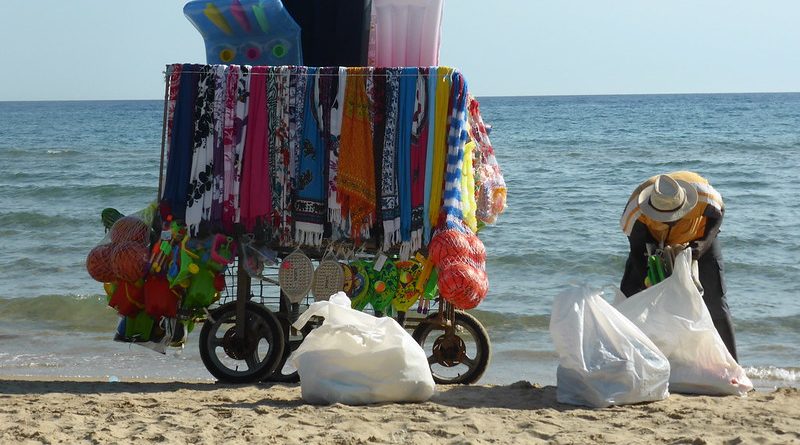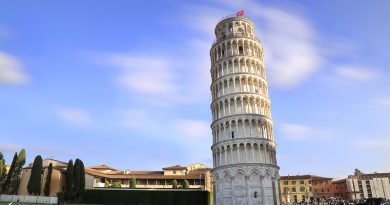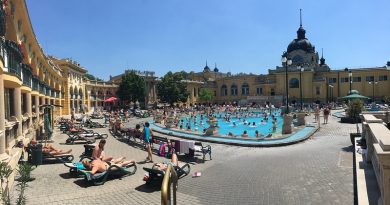Southern Italy Guide
Southern Italy is distinctly different from Northern Italy. The land is sparsely populated and the economy has historically been based on agriculture (and still largely is). The climate is hotter and more Mediterranean, as is the food. Temperaments are even spicier than their northern counterparts and regional variations – in dialect, cuisine, and traditions, are strong. The beaches are fantastic, the weather is hot, the energy is high and the food is traditional and amazing.
Historically the regions of southern Italy have been relatively isolated from the economically and trade oriented north, and from Naples, the capital of the region and an important port city for centuries. This makes for a completely distinct experience for the traveler who ventures from Rome and explores the lesser known southern regions – not only Naples and the Amalfi Coast, but also small white washed villages and the trulli of Pugila, the ancient sassi (cave dwellings) of Basilicata, lively village festivals, Renaissance Lecci, and all else that there is to see and experience in this rugged, raw, alluring destination.
People
The people of Southern Italy tend to be more laid back than their northern counterparts. It is said that the further south you go in Italy, the more “Italian” the temperament is. North and south divisions are strong, and people will identify with what part they are form. The attractions of southern Italy are quite varied, and may require some effort to get to.
The landscape has a rugged beauty to it. Dry stretches of earth bear roots to centuries old olive trees and native vines heavy with ripe grapes sweetened by the sun. Both the people and climate of southern Italy can be intense – like the spicy chilies that get more popular the further south you go, travelers may find southern Italy to be either totally addicting or, slightly shocking to the uninitiated.
Regional differences in southern Italy are very strong. Dialects, customs, and cuisine vary by region, and people are proud of their origins. Friends and family are all-important, and food is a central activity which holds a sacred place in the social sphere. Southern Italians are gregarious, inquisitive, direct, and strong headed. They are not shy of strangers, and will readily strike up a conversation.
Historically they have worked hard to gather what they could from the land and the sea. The connection to the earth and the food that is reaped from it remains strong. Southern Italians have a special knack cultivating unimaginable flavor from simple ingredients, and creating a feast with seemingly little.
Food
Southern Italians are well known for their resourcefulness and their excellent, unfussy cuisine – melding the flavors of the earth with time-honored traditions and innate culinary wisdom.
Regional specialties range from Calabrian timballo (a decadent dome shaped combination of pasta, tomato sauce, meats, and cheeses), to regional cheeses, to luscious desserts and local pastas – the list is endless. Entire cookbooks could be written on the cuisine of each of southern Italy’s eight regions, respectively.
Food is fresh and seasonal. Vegetables are also preserved, as are meats and seafood (cured, dried, or preserved in oil), and cheeses. Festivals are often held when a new vegetable or fruit springs into season, or in honor of a special cheese, pasta, or cured meat.
Campania includes Naples, most famous for its pizza, as well as Capri and Sorrento, famous for their lemons and limoncello liquor. It also includes a plethora of other towns famous for various items such specialty pastas, anchovies, buffalo milk mozzarella, luscious fruits from the slopes of Mt. Vesuvius, ricotta filled sweet pastries, and more.
The region of Calabria is known for swordfish, which can be prepared in a flavorful pasta dish, grilled, or preserved in oil. Calabrian cuisine is rich and varied. The cuisine features spicy hot peppers, olive oil, pastas, grains, and plenty of vegetables (especially eggplant, tomatoes, and whatever else is in season).
The Puglia region is heavy with olive groves, and thus olive oil plays a major role in the cuisine. Many grape vines also grow in the region, producing wines such as Primitivo and Nero di Troia. Grains also grow here, and are processed into bread and pastas, such as orecchiette (ear-shaped) pasta. The town of Altamura is renowned for its artisan bread. Like much of southern Italy, Puglian cuisine was traditionally largely based on vegetables and other vegetarian crops, though today many specialty meats and cheeses play a major role in the diet, as well as fish, and vegetables.
Southern Italy is a treasure trove for the food connoisseur and anyone searching for authentic, unique, traditional, diverse, excellent cuisine with its soul firmly rooted in the soil, sea, and forests of the region.
Currency
Euro
Travel
Tourist infrastructure is not totally incorporated into the flow of life in the south, though it is certainly possible to get to where you want to go with some arrangement.
Fantastic accommodation options range from beautiful farmhouses to artfully restored sassi (cave dwellings) in Matera, to cliff perched villas on the Amalfi coast and everything in between.
Trains and buses do run throughout the region, though routes are limited, and the trains can be painfully slow. Car rental is a good option for exploring the region.
Language
Italian, with regional dialects. Some Griko (dialect) is spoken in the far south of Calabria and in Salento.
Health
Italy is a healthy and relatively safe place to visit. Crime such as pickpocketing and theft occurs in the big cities (especially Rome and Naples), and car theft can be a problem anywhere, particularly in Rome, Puglia, and Campania. To reduce risk, carry your valuables securely in a money belt or cross-body purse (not in your pocket), be watchful in crowded spaces, and at train stations, and avoid leaving your valuables in the car while you are away (even if locked).
Visa
Residents of EU countries, U.S., Australia, New Zealand, Canada, Brazil, and Japan do not need a visa for entry as a tourist, for stays of up to 90 days. Residents of other countries may require a visa. Arrangements should be made prior to arrival.
When to Go
A nice time to visit southern Italy is from April to June. The weather is generally warmer the further south you go (with the exceptions of some mountainous regions). The islands of Sicily and Sardinia (and much of the southern mainland) enjoy a mild Mediterranean climate with long, dry summers and mild winters.
The busiest time for travel in Italy (both by locals and tourists) is July and August. Italians and tourists alike head to the warm beaches of the south on holiday, making beaches most crowded during this time.
Mountainous regions are slightly cooler than on the coast and in drier, flat regions, but generally the south has a mild climate and there is not really a bad time to visit.
Dress
Women should avoid dressing in skimpy clothing, especially in the villages as it can be seen as disrespectful, and may attract unwanted attention elsewhere. Otherwise dress is typical of other European countries. Weather will most likely be hot if traveling in the summer season, so dress appropriately. Sunblock and sun glasses are advisable as the sun can be very strong.




